Shifting Horizons: The Generation of Emancipatory Architecture in Taiwan
opens at the Jut Art Museum from now until January 12, 2025!
More than 400 documents and files build up a vivid picture of the architectural development in post-martial law Taiwan.

The Jut Art Museum’s annual large-scale research exhibition Shifting Horizons: The Generation of Emancipatory Architecture in Taiwan is currently on view and will continue until January 12, 2025. Starting from “architecture” characterized by public participation, collectivity, and sociality, this exhibition seeks to assess the significance of the “lifting of martial law” in 1987 for Taiwan’s architecture, collate the evolution and milestones in the three-decade development of Taiwan’s architecture from 1980 to 2010, and grasp how Taiwan’s architecture has evolved to date.
This exhibition uses “the generation of emancipatory architecture” to describe the generation of architects born in Taiwan around 1963 and completed their academic training in architecture around the lifting of martial law in 1987. Focusing on the unorthodox styles of “discontinuities” that find expression in the works or actions of these architects, this exhibition not only gives a vivid portrayal of this generation from the aspects of “architecture shows,” “architectural media,” “the 1999 Jiji earthquake,” and “architectural design,” but also probes into the new values embodied in this generation and the resultant emancipatory power that has substantially transformed Taiwan’s architecture.

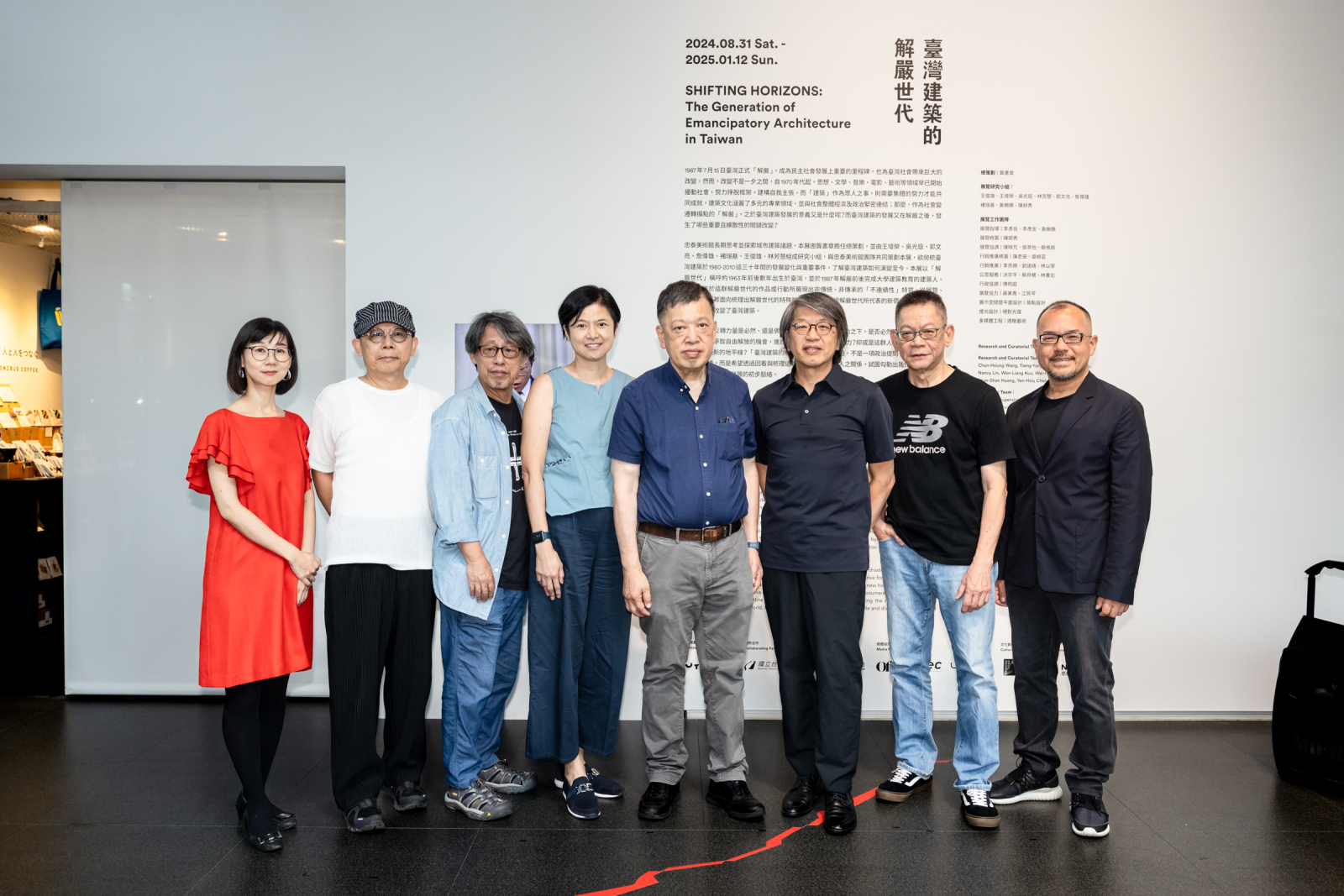
This exhibition invites Shu-Chang Kung as the research and curatorial team lead. A research and curatorial team comprising Tseng-Yung Wang, Kwang-Tyng Wu, Wen-Liang Kuo, Wei-Hsiung Chan, Ray Chu, Chun-Hsiung Wang, and Nancy Lin works with the team from the Jut Art Museum in organizing the exhibition. The preparation took more than two years, during which nearly 250 individuals and organizations assisted in the research and compilation of the exhibition content and lent valuable exhibits to the exhibition. Over 400 documents and files are on display, including those from the National Taiwan Museum of Fine Arts and the Taipei Fine Arts Museum. Jut Art Museum expects this exhibition to retrospectively collate the relationships between individuals and the changing world, based on which we can understand the fertile and diversified development of architecture in Taiwan.
The Changing Times—From the Martial Law Period to the Lifting of Martial Law
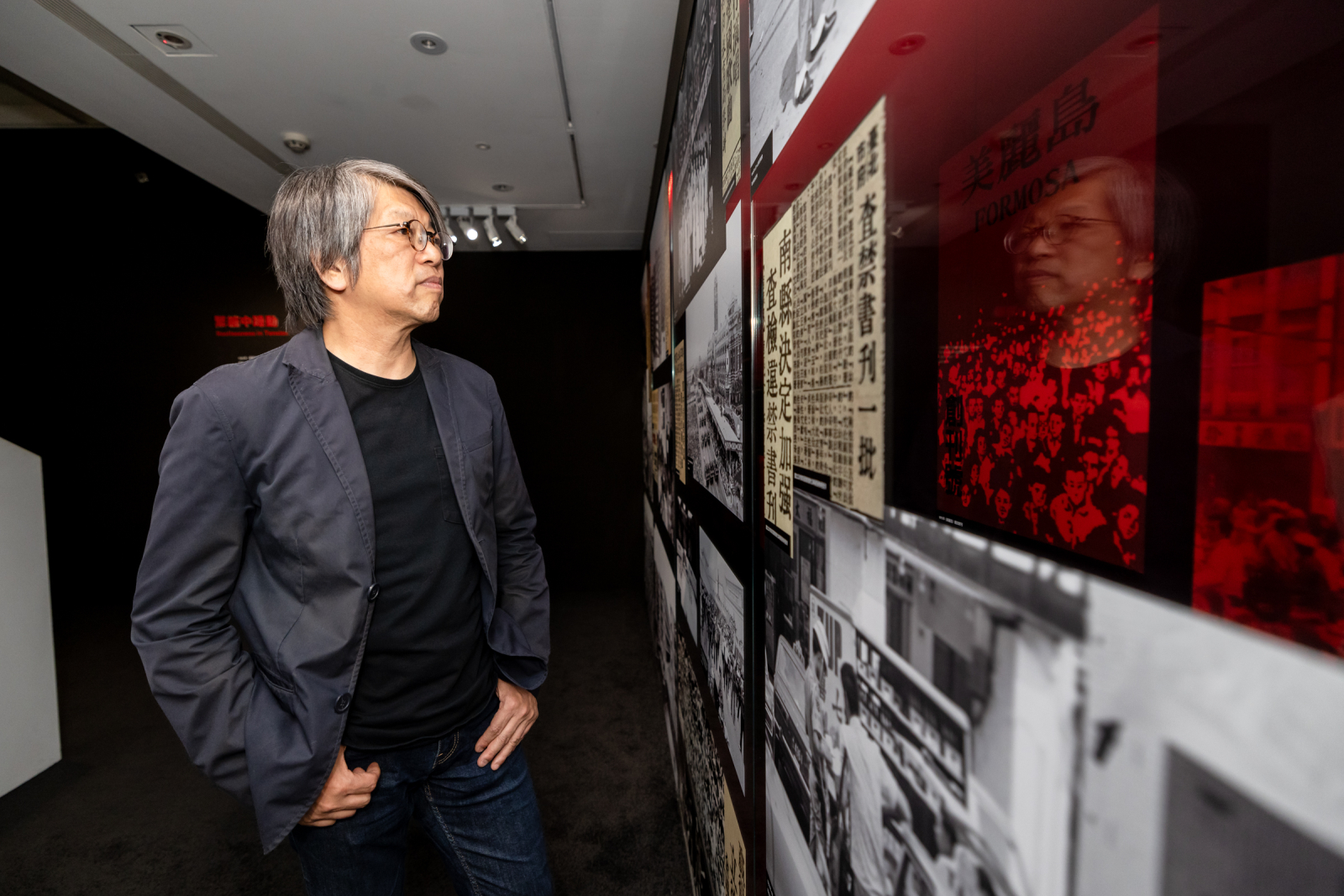
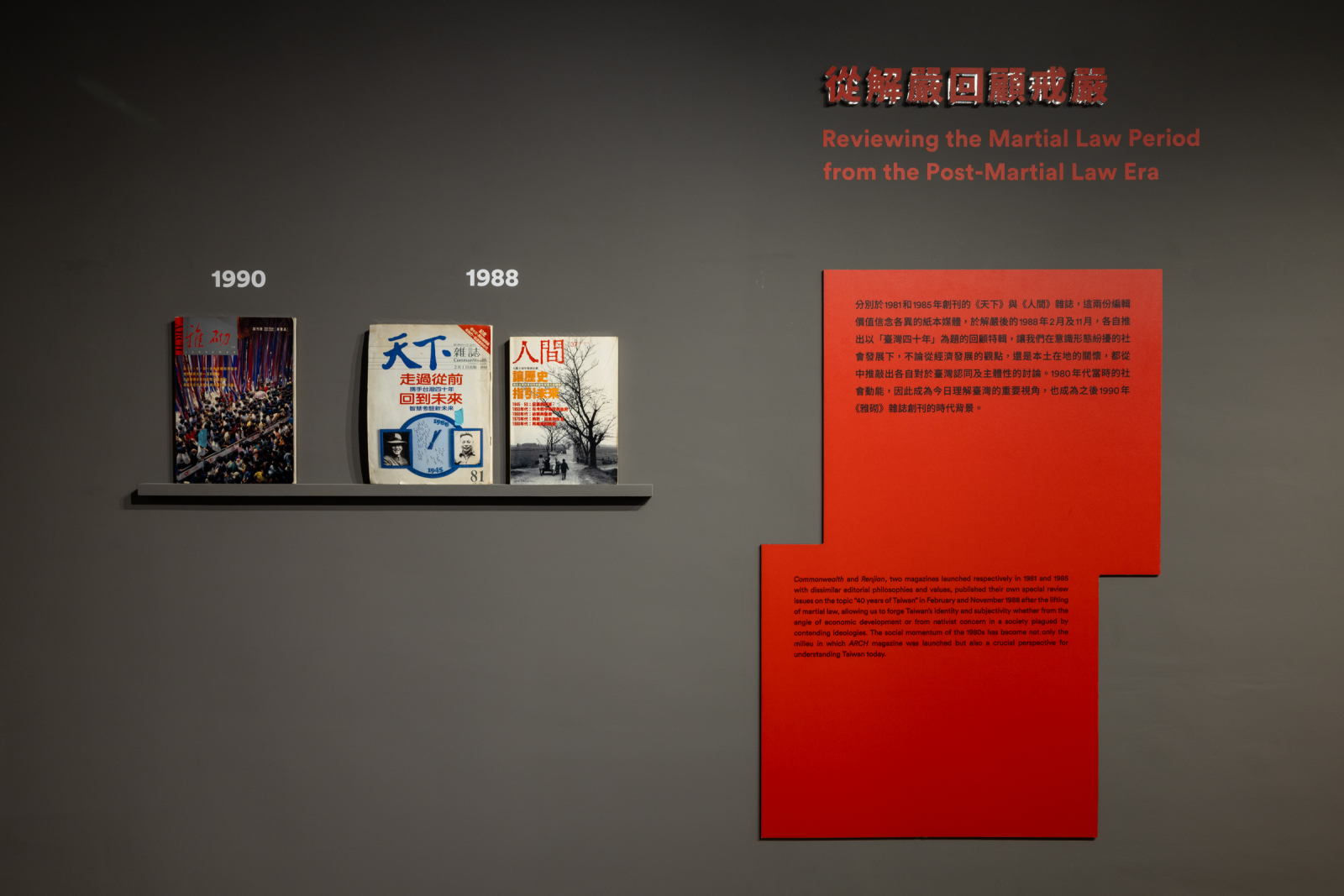
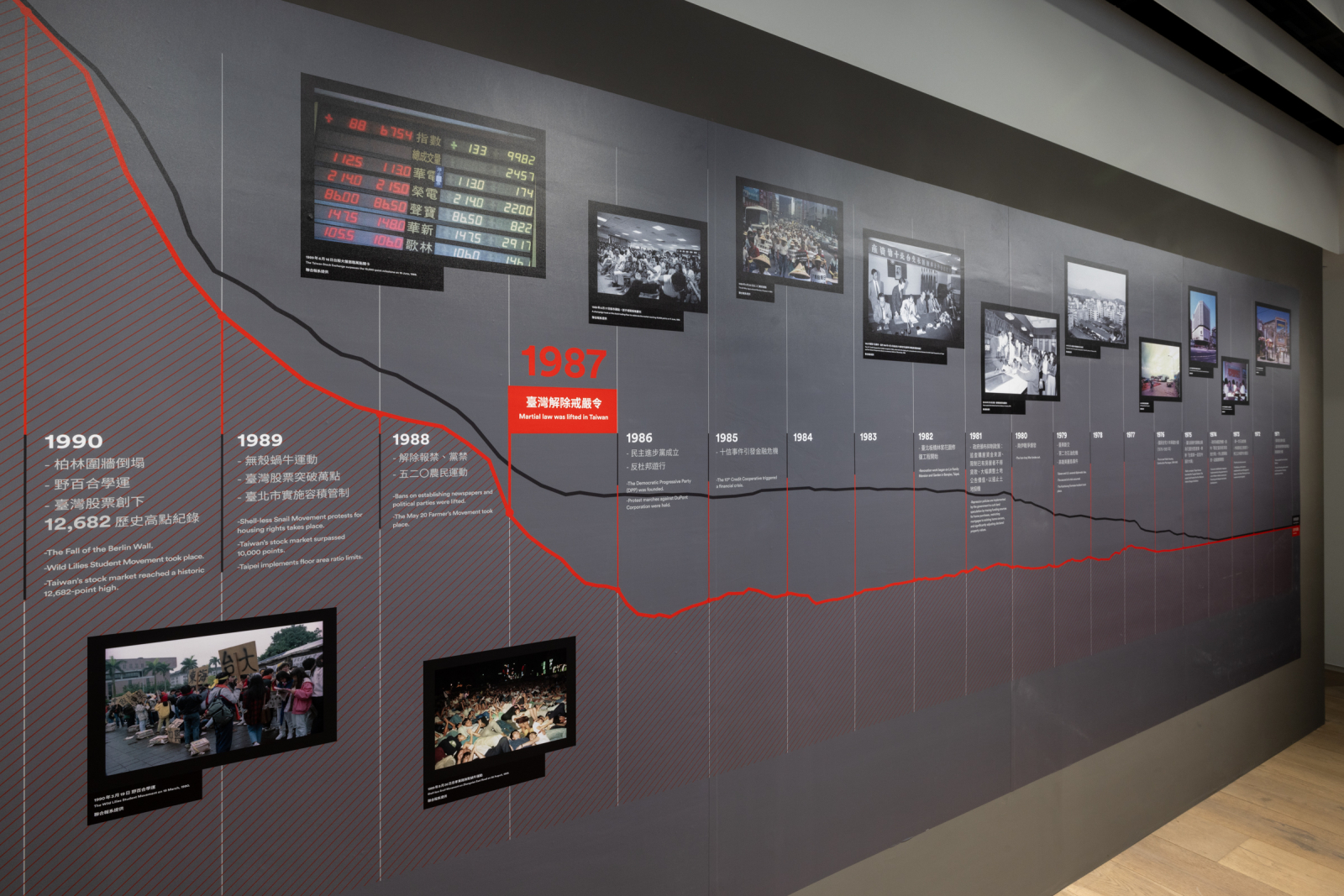
In 1949, the “Declaration of Martial Law in Taiwan Province” was enacted. Personal freedom as well as the freedoms of assembly, association, speech, and publication had been thenceforth restricted. Many people’s memories and imaginations about freedom had also been fettered during the nearly 40-year martial law period. However, under the influence of the international political situation on the eve of the lifting of martial law in the 1970s, Taiwan witnessed an economic miracle, with an increase in GDP, a massive influx of foreign capital, and a real estate boom. Literature, music, and art charged with free will were thriving under the table as well. The lifting of martial law in 1987 marked a change in the societal system. The Shell-less Snail Movement, the Wild Lily Student Movement, the stock market hitting a record high of 10,000 points, and the flourishing print media collectively ushered in an era of diverse voices. This exhibition displays precious historical images and photo records, allowing the viewers to review the rapidly changing atmosphere in Taiwanese society from the martial law period to the lifting of martial law that also served as the historical context in which the generation of emancipatory architecture came of age.
The Emerging Archipelago: The Generation of Emancipatory Architecture in Taiwan



The generation of emancipatory architecture refers to the generation of architects born in Taiwan around 1963 and completed their academic training in architecture around the lifting of martial law in 1987. Under the guidance of their mentors, they began to envisage future societies and cities through collective, issue-based research and praxis, and meanwhile, they projected the ideals of the new generation via thinking and design. Although Taiwan was still under martial law at that time, the environment of architectural education had been undergoing relaxation and qualitative change, and ergo serving as a source of nutrition for the generation of emancipatory architecture as they were developing their architectural literacy. Groups of mentors and pupils explored varied dimensions of architecture, and, in their educational interaction, they gradually constructed an archipelago focusing on the issues of “Cultural Assets,” “Community Building,” and “Design Aesthetics.”
The Eyes of Time: The Shifting of “Architectural Media”
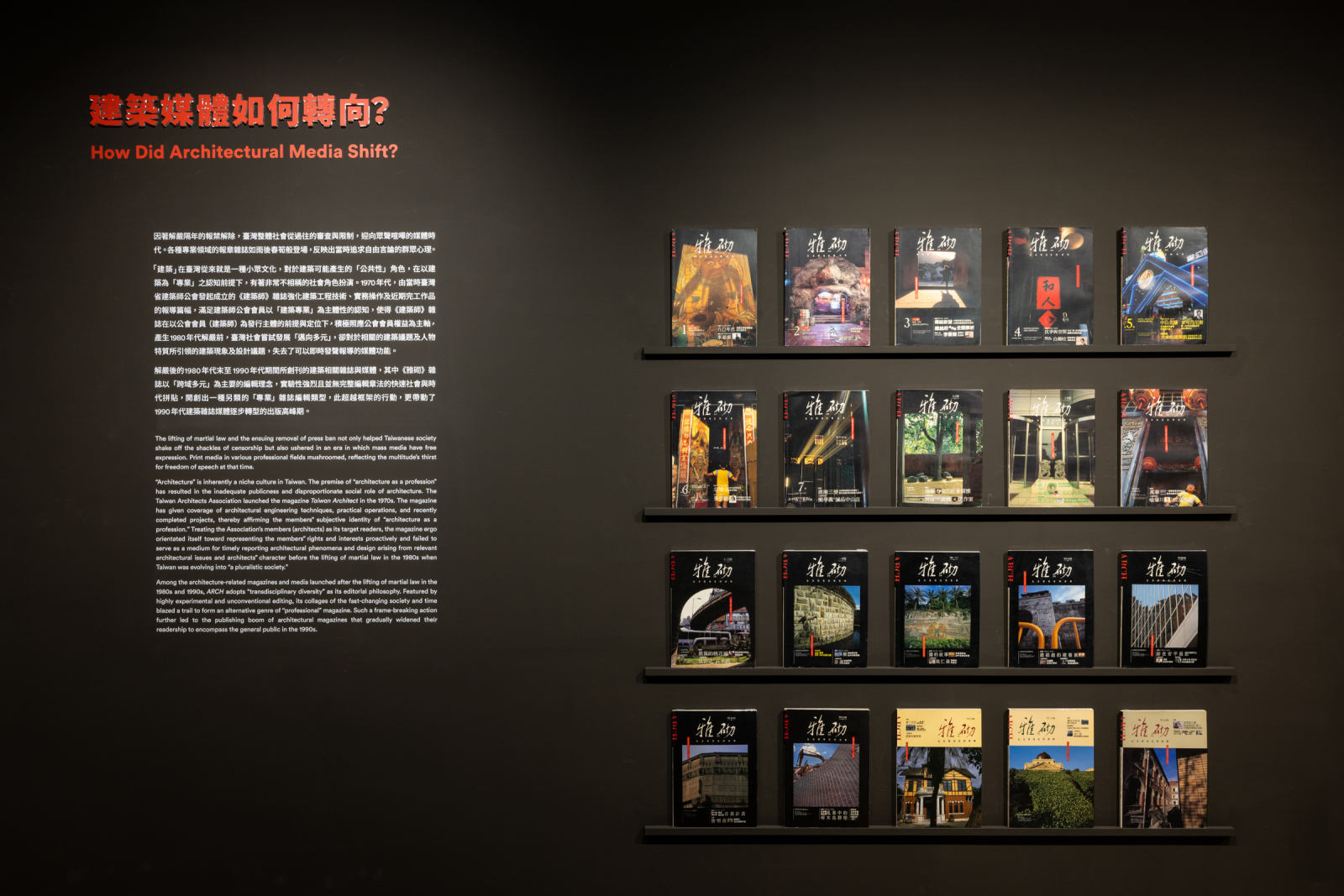
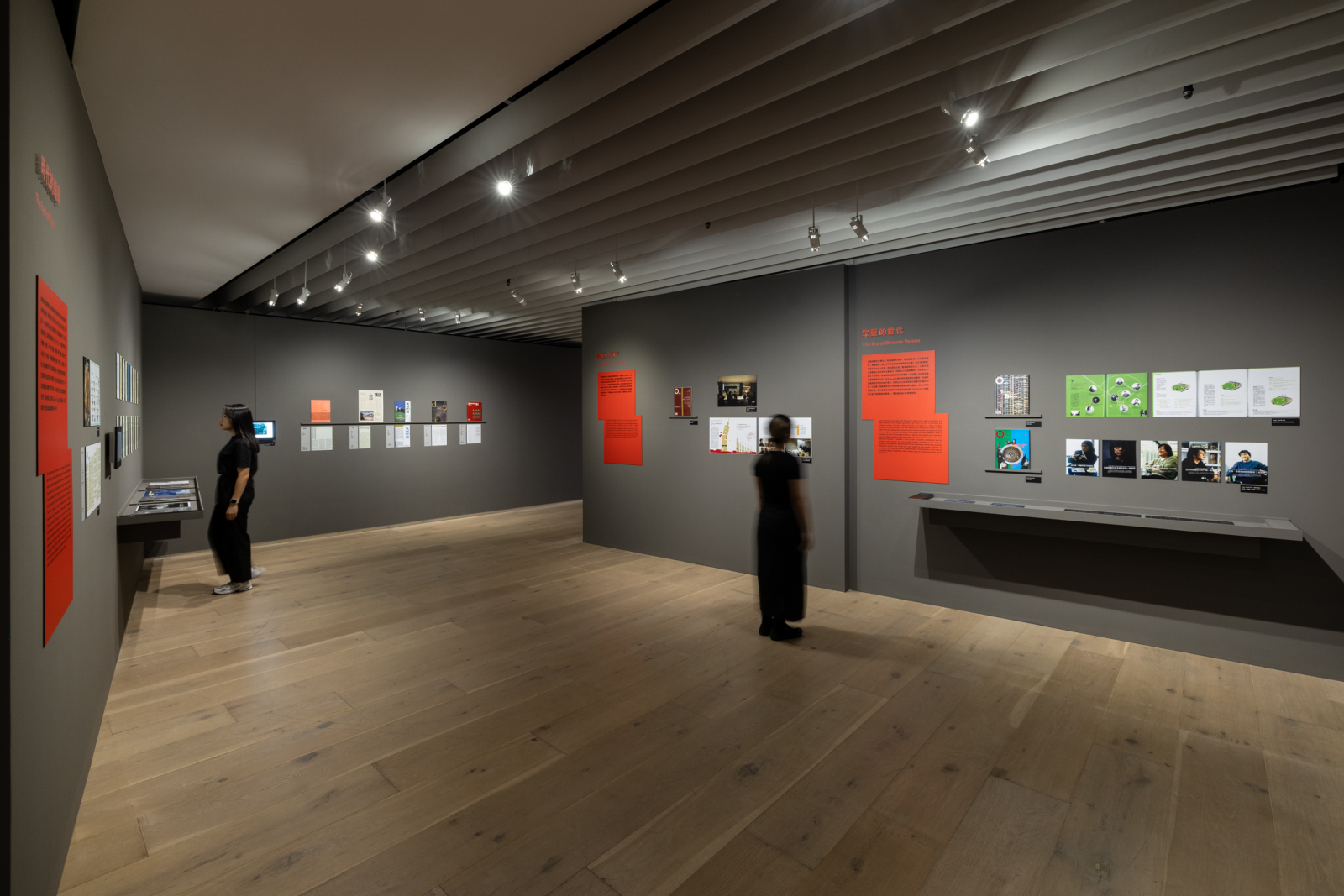
The lifting of martial law guaranteed the freedom of speech. Print media mushroomed in various fields after the removal of the ban on them. In 1988, the magazines Commonwealth and Renjian coincidentally published their own special review issues on the topic “40 years of Taiwan” to investigate and reflect Taiwan’s identity and subjectivity respectively from the angles of economic development and nativist concern, which led to the launch of ARCH magazine in 1990.
In the 1970s, the Taiwan Architects Association launched the magazine Taiwan Architect and orientated it toward serving its member architects. The magazine features reports on architectural techniques and praxis, and architectural practitioners are the staple of its readership. Launched in 1990 with its editorial philosophy of “transdisciplinary diversity” and emphasis on “Taiwanization,” the magazine ARCH breaks with traditions to address social and life issues from the perspective of architecture, thereby gradually familiarizing the public with architecture. Other architectural magazines, such as Space, Taiwan Architecture, Architecture Dialogue, and egg magazine, were launched successively later. Their readership has expanded gradually from professionals to the general public, and their contents cover a wider range of architectural topics. The rise of the Internet in the 2000s has made the “Forgemind ArchiMedia” an important exchange platform for architectural aficionados and practitioners.
Architecture Shows: The Pursuit of Taiwanese Architecture

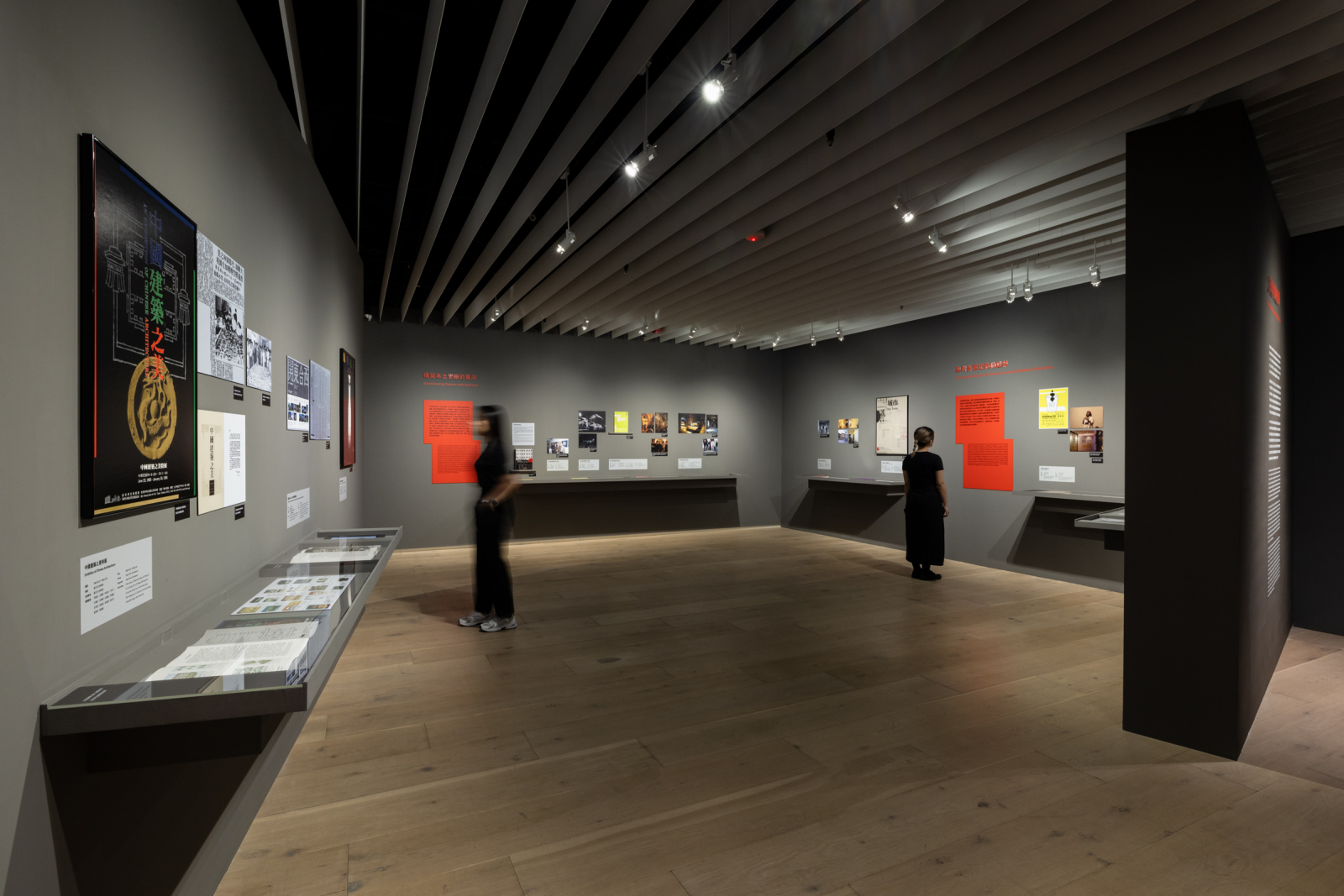
As the post-martial law society and cities change rapidly, architectural knowledge and discourse have been constructed and discussed through public exhibitions by cultural institutions. Public-oriented exhibitions are inherently arenas of competition among various forces and ideologies. Apart from the general public, architectural students have also been deepening and internalizing their understanding of “our own architecture” through visiting exhibitions or engaging in exhibition preparations.
The Exhibition of Chinese Architecture (1985) contextually collated the architectural styles through the ages from the perspective of Chinese history. After Taiwan debuted its exhibition at the Venice Biennale of Architecture in 2000, the team members, works, and discourses for the Taiwan Pavilion at this international event have been determined through competition since 2002, all aiming to showcase Taiwanese architecture and culture on the international stage, and meanwhile echo the domestic architectural exhibitions such as Myxomycity: The Prime of Taiwan Contemporary Architecture and The Rumor of China Towns: Chinese Architecture 2004. The years around 2010 further saw a riotous profusion of cross-generation and cross-border architectural exhibitions bringing sui generis perspectives. Tracing the 30-year evolution of architecture shows, we rediscovered how Taiwanese architecture had been discussed, practiced, and presented amidst the entanglements among various ideologies and identity changes.
The Jiji Earthquake Awakened Taiwan’s Architectural Scene with a Violent Jolt

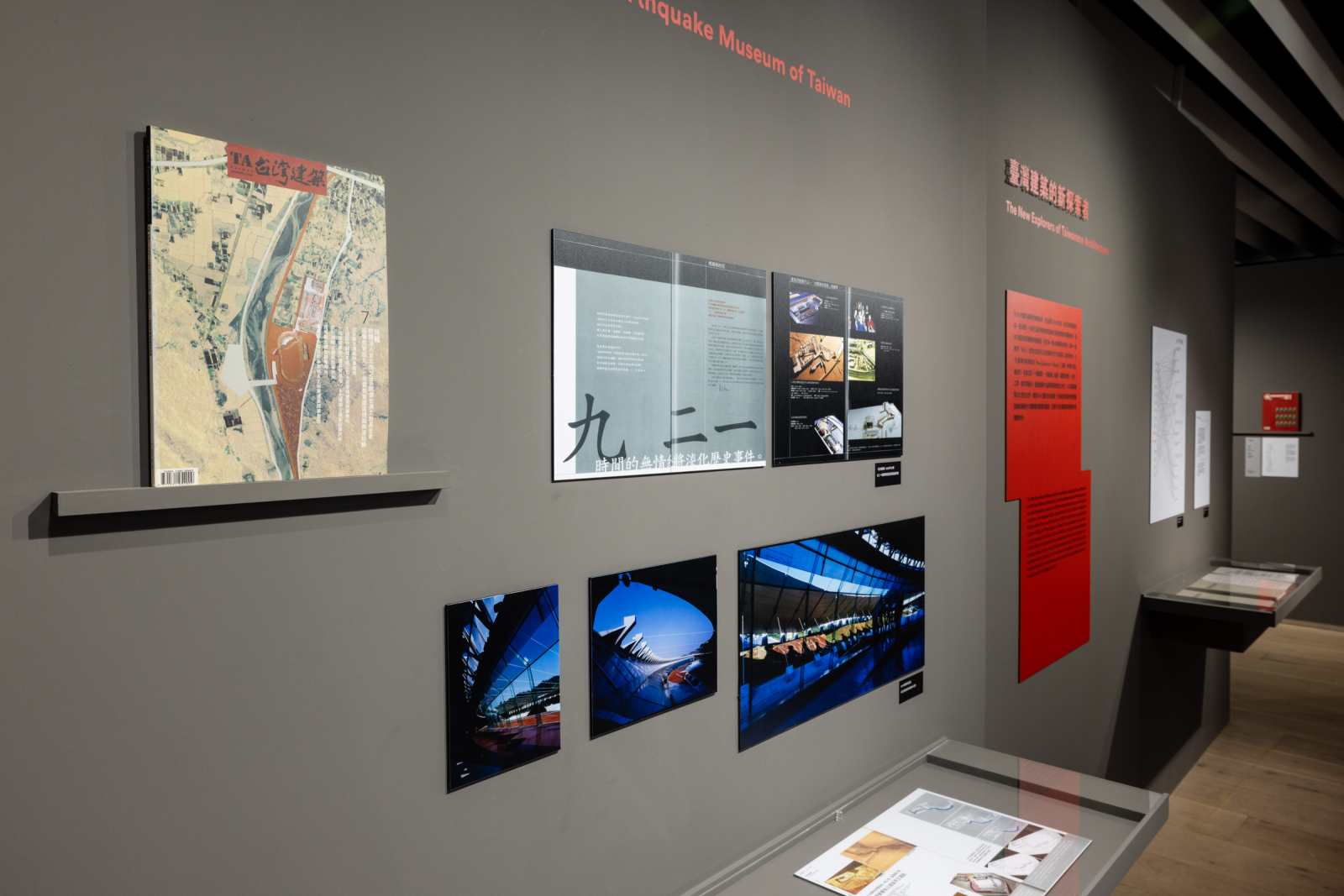
In the wee hours on 21 September 1999, the 7.3 ML Jiji earthquake destroyed the homes and daily lives of countless people. During the restoration from the crumbling heaps of rubble, people expected to positively transform this devastating earthquake into “an opportunity to flip Taiwan.” The post-disaster reconstruction further prompted architects to contemplate “what architecture can do for Taiwan,” which gradually found expression in the ideas and actions of the generation of emancipatory architecture after 2000. The “New Campus Movement” in response to the great need for campus restoration, the conceptual design competition for the 921 Earthquake Museum of Taiwan that preserves the earthquake memories, and the cogitation of the generation of emancipatory architecture on the autonomy of Taiwanese architectural culture in the aftermath of the earthquake, all symbolized the dramatic changes caused by earthquakes and natural disasters to the architectural culture, which was redolent of the hidden energy before the Earth’s crust ruptured.
What Paradigm Shifts Has the Generation of Emancipatory Architecture Initiated?

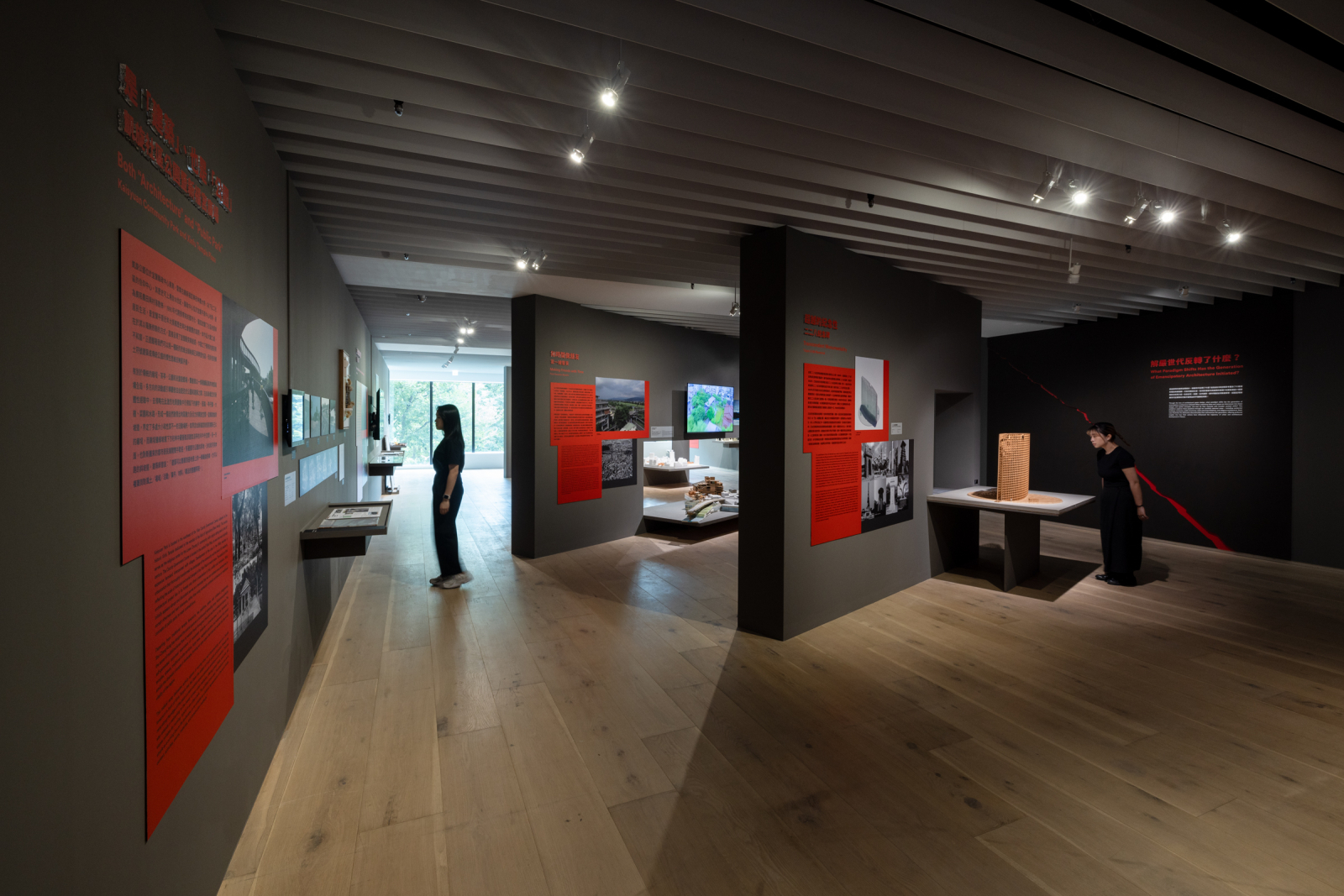
What did the generation of emancipatory architecture flip through actual design of architectural spaces? What are the ideas and values embedded in these design and spatial considerations, and how do they connect themselves with society and influence urban and architectural development? The case studies in this exhibition include the Kucapungane preservation and revitalization project, the history-laden “Taipei 2-28 Memorial,” the “Interbreeding Field” which subverts the mode of architecture education, the “ Kaisyuan Community Park and Xinfu Temple Plaza” and the “Hsinchu East Gate Plaza” that flip urban public spaces, the “First Vascular Bundle” of alternative urban plan, the innovative campus design of “Tannan Elementary School” and “Sipaw Elementary School,” the housing building “Qing Tian Residence,” and the religious building “International Bodhisattva Sangha.” These case studies are intended to present the unorthodox styles of “discontinuities” that find expression in the actual actions of the generation of emancipatory architecture.
Architectural History Research: Reflecting on How Individuals Respond to the Times and Sparking Broader Discussions on Related Issues
In 2013, the Jut Foundation collaborated with the Mori Art Museum in organizing the exhibition Metabolism: The City of the Future, examining the influence of metabolism on global architectural development. After its inauguration, the Jut Art Museum worked with the Deutsches Architekturmuseum in organizing the exhibition SOS Brutalism—Save the Concrete Monsters! in 2020, covering studies on brutalist architecture around the globe. In 2021, the Jut Art Museum staged Drawing Ambience: Alvin Boyarsky and the Architectural Association, an exhibition focusing on the ever-changing and avant-garde era of the Architectural Association in London and taking the viewers back to the vibrant scene of architecture education. Initiated in 2022 by the Jut Art Museum and prepared for more than two years, Shifting Horizons: The Generation of Emancipatory Architecture in Taiwan shifts the focus from international architectural trends back onto Taiwan’s architectural development. Through ongoing discussions and research initiatives, this exhibition seeks to construct an overall picture of how Taiwan’s architecture has been influenced by the lifting of martial law and how it has evolved into the contemporary era.
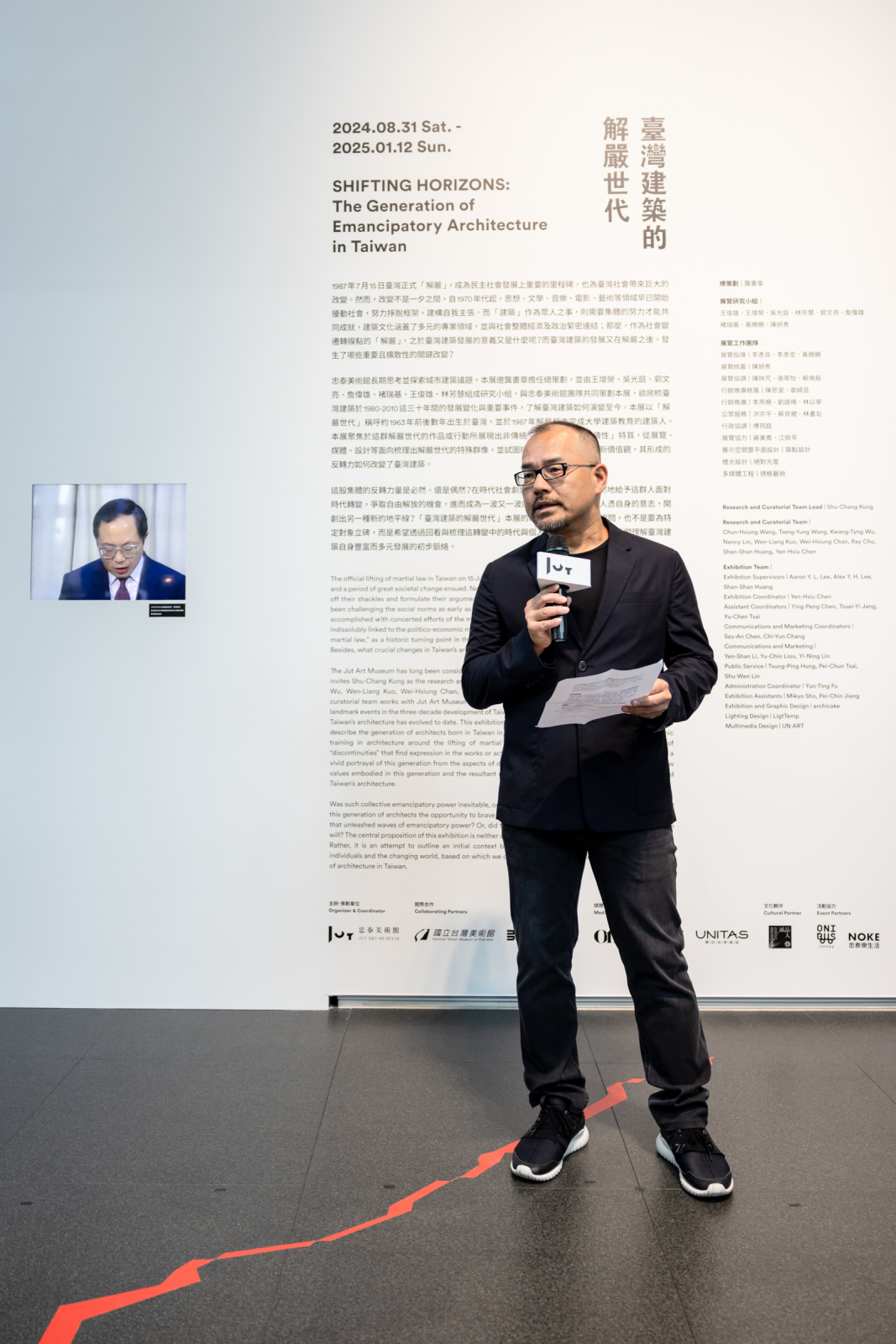
“Shifting Horizons: The Generation of Emancipatory Architecture in Taiwan attempts to outline the initial context of the pluralistic development of Taiwan’s architecture. History has never been merely about the past, but rather a mirror that urges us to reflect on ourselves. In the torrent of the changing times, how to respond to the times and society has become a key issue for each thinker in different eras. As a platform, this exhibition will also grow into a shared think tank through issue-based research and extension of its reaches, insofar as to generate more extensive discussions across society,” Aaron Y. L. Lee, the CEO of the Jut Foundation for Arts and Architecture, stated so.
The Jut Art Museum offers the exhibition ALL PASS in limited quantities and time


Shifting Horizons: The Generation of Emancipatory Architecture in Taiwan is on view from 31 August 2024 to 12 January 2025. Events such as lectures and guided tours are provided during the exhibition, inviting the viewers to review the stories of the times, generations, and Taiwan’s architecture from diverse perspectives. For the first time, the Jut Art Museum offers the exhibition ALL PASS (NT$ 299) in limited quantities. They are available upon the opening of the exhibition until they’re sold out! The museum also offers a more favorable revisit program for architecture aficionados and those who have research needs. Moreover, the museum collaborates with ONIBUS COFFEE TAIPEI in the project “The Voice of Times,” inviting the exhibition’s research and curatorial team to share their chronicles in the world of architecture with private collections of books, music, and so forth. For details of exhibition events and special offers, please visit the official website of the Jut Art Museum.
【Information】
Shifting Horizons: The Generation of Emancipatory Architecture in Taiwan
https://jam.jutfoundation.org.tw/en/exhibition/107/4836
Date|2024.8.31(Sat.)-2025.1.12(Sun.)
Venue|Jut Art Museum (No.178, Sec. 3, Civic Blvd., Da'an Dist., Taipei City 106, Taiwan)
Opening Hours|TUE-SUN 10:00-18:00 (Closed on Mondays)
Admission|General TWD 150, Concessions TWD 100 (Student, seniors aged 65 and above, and groups of 10 or more), All Pass TWD 299
Free Admission for the disabled and a companion, children aged 12 and under (Concessions or Free Admission upon presentation of valid proof)
Student Day on WED|Free Admission once on Wednesdays upon presentation of valid student ID
Research and Curatorial Team Lead|Shu-Chang Kung
Research and Curatorial Team|Chun-Hsiung Wang, Tseng-Yung Wang, Kwang-Tyng Wu, Nancy Lin, Wen-Liang Kuo, Wei-Hsiung Chan, Ray Chu, Shan-Shan Huang, Yen-Hsiu Chen
Organizer & Coordinator|Jut Art Museum
Collaborating Partners|National Taiwan Museum of Fine Arts, Taipei Fine Arts Museum
Media Partners|offstyle (CommonWealth Magazine)、Architecture+Tectonics Taiwan、UNITAS
Cultural Partner|eslite member
Event Partners|Onibus、NOKE JUT RETAIL
Exhibition Team
Exhibition Supervisors|Aaron Y. L. Lee, Alex Y. H. Lee, Shan-Shan Huang
Exhibition Coordinator|Yen-Hsiu Chen
Assistant Coordinators|Ying-Peng Chen, Tsuei-Yi Jang , Yu-Chen Tsai
Communications and Marketing Coordinators|Szu-An Chen, Chi-Yun Chang
Communications and Marketing|Yen-Shan Li, Yu-Chin Liou, Yi-Ning Lin
Public Service|Tsung-Ping Hung, Pei-Chun Tsai, Shu-Wen Lin
Administration Coordinator|Yun-Ting Fu
Exhibition Assistants|Mikyo Sho, Pei-Chin Jiang
Exhibition and Graphic Design|archicake
Lighting Design | LigtTemp
Multimedia Design|UN ART
The press kits can be downloaded in the link: https://reurl.cc/E6M7zK
Standard Usage for Images: Photo credit/by must be given where applicable, and please indicate © Jut Art Museum.
